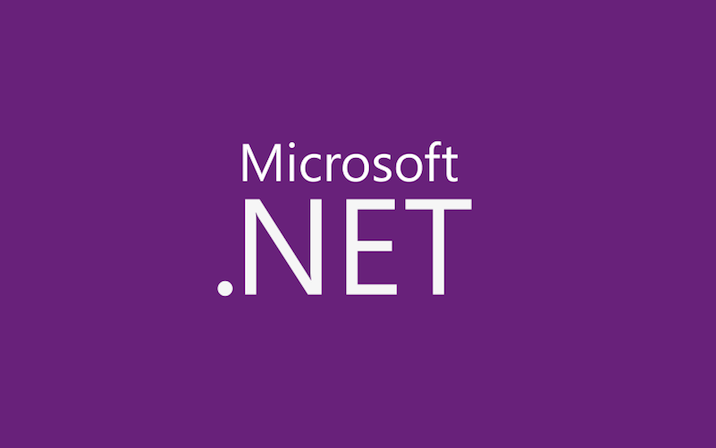Post by this author


TaskCreationOptions.PreferFairness

Asynchronous methods, C# iterators, and Tasks

Parallel For Loops over Non-Integral Types

Tasks and the Event-based Asynchronous Pattern

Tasks and the APM Pattern

Achieving Speedups with Small Parallel Loop Bodies

Mechanisms for Creating Tasks

The Nature of TaskCompletionSource


 Light
Light Dark
Dark